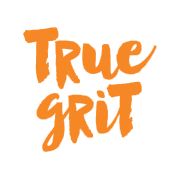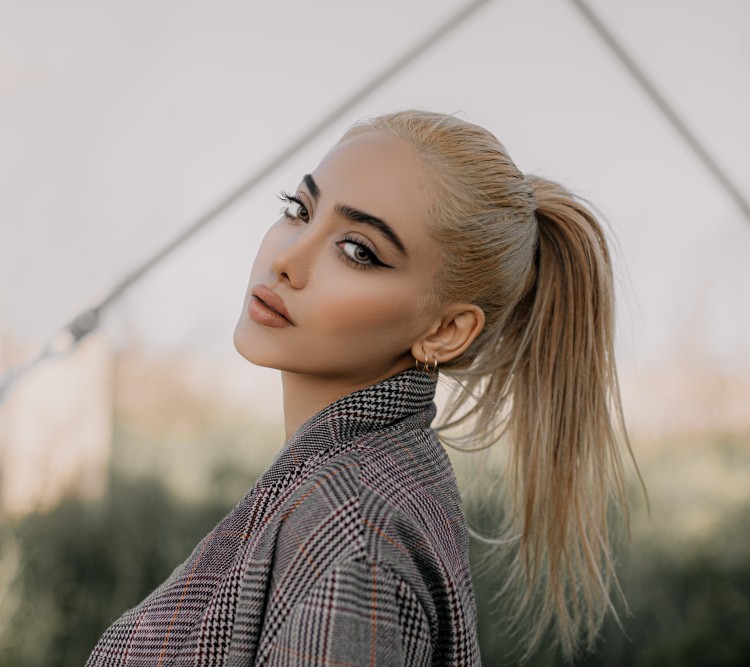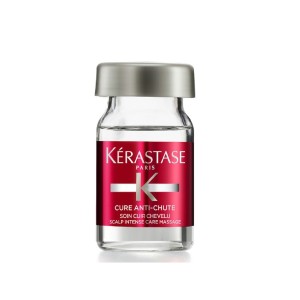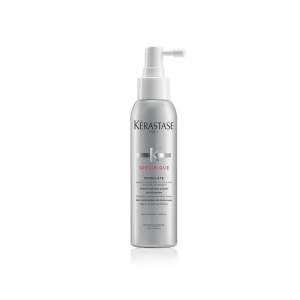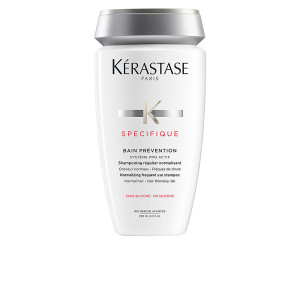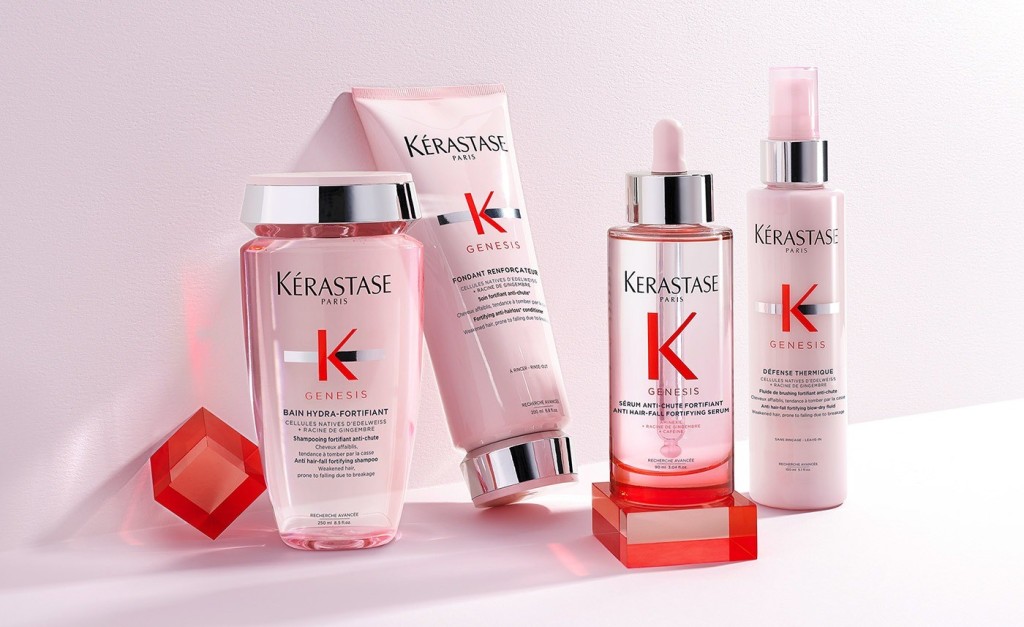The thought of losing our locks is a concerning issue. But the fact is, it is a part of everyday life, and although you may think you’re the only one that can make a full rug from your hair fall, remember that we all lose on average about 50-100 strands a day!
On a typical head of hair, each follicle is at a different stage at different times so you probably won’t notice it happening.
It’s important to note that hair loss is a very common problem for women – much more so that people realise (or like to talk about)!
What’s the difference between hair fall (shedding) and hair loss?
Yep, there’s a difference.
Hair shedding
If your locks are shedding significantly more than the 50-100 hairs a day it is likely you’re experiencing exaggerated hair shedding. This is known as Telogen Effluvium which is most common in those who have seasoned some form of stress. Anything from a life event like a death, a divorce, stressful job, excessive weight loss, surgery, giving birth (although joyous), and also taking the birth control pill.
It is likely to notice this excessive hair shedding a few months after a stressful event and not necessarily at the time as your body reacts and repairs. It isn’t all bad news though as when your body readjusts, the excessive shedding is halted in its own way meaning recovery without treatment. However, like most things, if that particular stress remains with you, the shedding can continue accordingly.
Hair loss
Now quite unlike hair shedding is hair loss that arises when there is a reason to stop hairs from growing. This is more scientifically known as Anagen Effluvium. It is kick-started by anything from hereditary hair loss, how the medication affects us, autoimmune diseases, tight hairstyling that damages follicles, or even a compulsion to pull the hair out. Put your hands in your pockets!
Hair loss can require a higher level of medical treatment although it doesn’t suit everyone. And it’s a case of the sooner the better rather than better late than never in such cases!
A true professional will help determine whether the diagnosis is hair loss or hair shedding and as we mentioned, it can actually be both.
How to stop hair fall (shedding)
Get to the root of the problem.
We get it, hair shedding can be a tad embarrassing, frustrating, and no fun to be clearing up whether it be pulling up from the carpet, picking from your pillow, or dragging out of the shower drain!
Hair shedding has a good recovery rate and can usually be managed or reversed with the right diagnosis and treatments and/or care. You can test yourself at home by grabbing around 60 strands and pulling them down to assess the shed. More than 6 shredded strands could mean it’s a good idea to see a professional in form of a doctor or a dermatologist.
Hair loss, however, usually stops when the cause stops, and that can be a little more problematic.
The thing to do is call upon a professional to help you along your hair care journey into good health. If you feel it’s not yet at the point where you need to seek extra help but do feel you want to take control, do not stress over it! Very important because that will add fuel to the fire and make matters worse. Keep calm and carry on as they say… find your rhythm to relax and kick your worries to the curb. Try to identify what has caused you to stress and work on that.
Be good to yourself; Take your vitamins, massage your scalp, use the right products or should we say lose the bad ones in the form of heat stylers and those extra tight hair ties, and lastly, gift yourself a haircut. You’ll feel like a new person, a happy one at that and that speaks volumes about your stress levels! Happy hair, happy you… happy you, happy hair! And so the love goes around.
Can products help with hair loss and hair fall (shedding)?
Yes, they can … and it all starts with good scalp care. Not something we usually consider in our everyday pampering routines. Cleansing and conditioning of the scalp mean a healthy hair follicle and a healthy hair follicle is less likely to shed the hair.
Don’t stress, invest.
Look for products that contain zinc pyrithione often used in derma logical shampoos and conditioners that contain an active anti-dandruff ingredient. These hydrate the scalp and hair, and in addition, sometimes include botanical ingredients that leave you feeling fresh as well as pretty!
It has been researched that at least 1 in 3 women will suffer from hair loss or reduced hair volume at some point in their lifetime so hair products have evolved to help. It’s worth spending the time to get the right product for you and we are always here to answer your questions.
Best products for hair loss
Kérastase has a very curated selection of advanced anti-hair loss shampoos and treatments to help control hair loss and encourage new hair growth for more volume. These products activate the scalp’s microcirculation, stimulating hair metabolism and revealing a healthy scalp.
Spécifique Aminexil Force R Cure Anti-Chute Intensive $275.00
Kérastase Cure Anti-Chute Intense: Anti-thinning care that helps maintain hair density and gives a feel of thicker and stronger hair. Daily application for 6 weeks.
Spécifique Stimuliste Spray $48.00
Kérastase Spécifique Stimuliste Spray: Nuti-energising daily anti-hair loss spray that helps reinforce the hair fibre and maintains the density of thinning hair.
KÉRASTASE SPÉCIFIQUE BAIN PRÉVENTION SHAMPOO $44.00
Kérastase Spécifique Bain Prévention Shampoo: Normalising frequent use shampoo that balances the scalp against hair thinning risk.
Best products for hair fall / shedding
Kèrastase’s Anti hair-fall care range Genesis has been designed to treat both kinds of hair-fall: at the root and from fibre breakage. Genesis is for all women who have any degree of hair fall. Genesis features potent ingredients for all hair-fall woes: Aminexil, Edelweiss native cells, Ginger roots.
